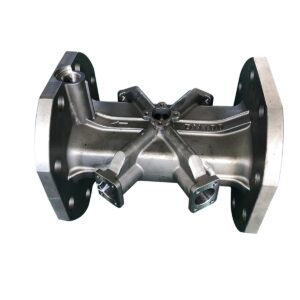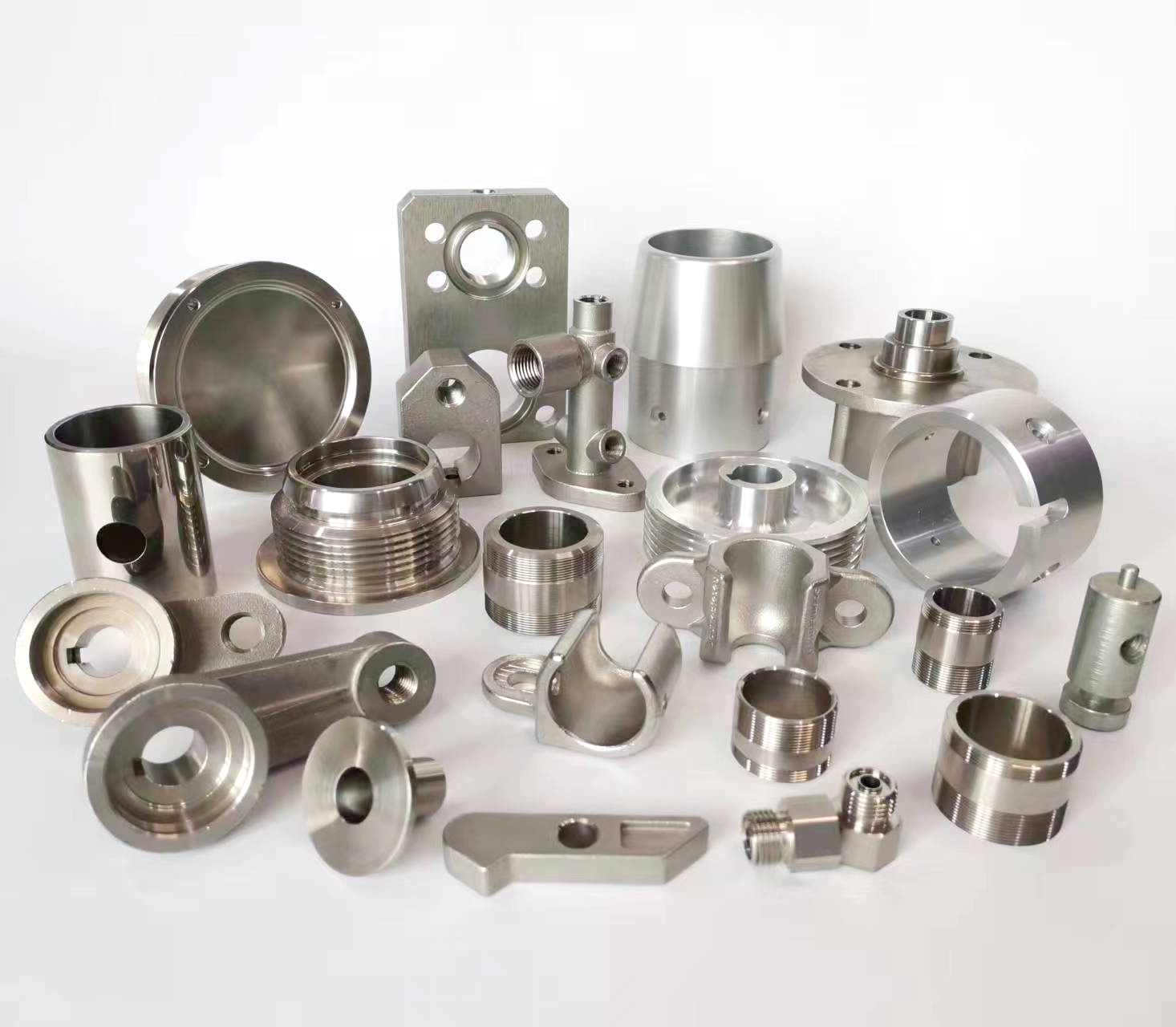The mechanical properties of a material indicate how it responds under specific stresses, which helps to determine its suitability for different applications. Specifications are set by organizations such as the American Society for Testing and Materials (ASTM) so that users can purchase materials with confidence that they meet the requirements for their application. The most commonly used cast gray iron specification is ASTM A48.
In order to qualify cast products according to their specifications, a standard practice is to cast a test bar along with the engineered castings. The ASTM tests are then applied to this test bar and the results are used to qualify the entire batch of castings. Specifications are also important when welding cast iron parts together. The weld must meet or exceed the mechanical properties of the material being welded together—otherwise, fractures and failures can occur.
When welding, it’s critical that the weld meets or exceeds the mechanical properties of the material to prevent fractures and failures.
A few common mechanical properties for cast iron include:
- Hardness– material’s resistance to abrasion and indentation
- Toughness – material’s ability to absorb energy
- Ductility – material’s ability to deform without fracture
- Elasticity – material’s ability to return to its original dimensions after it has been deformed
- Malleability – material’s ability to deform under compression without rupturing
- Tensile strength – the greatest longitudinal stress a material can bear without tearing apart
- Fatigue strength – the highest stress that a material can withstand for a given number of cycles without breaking






